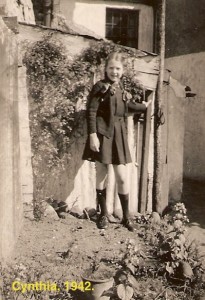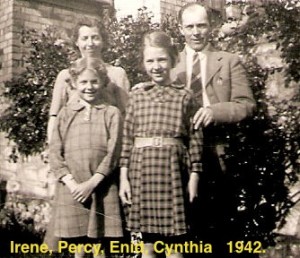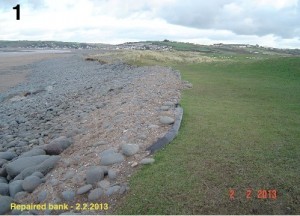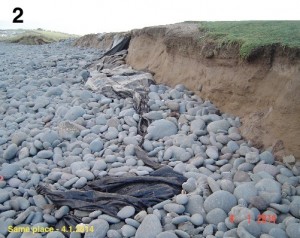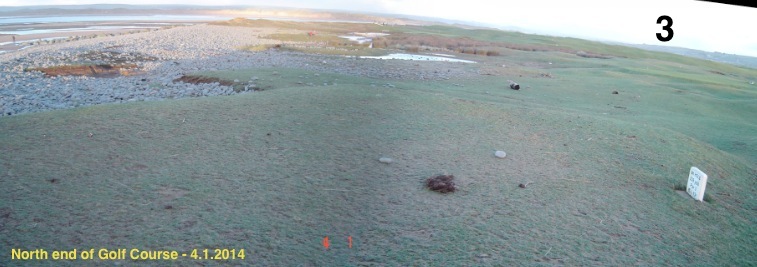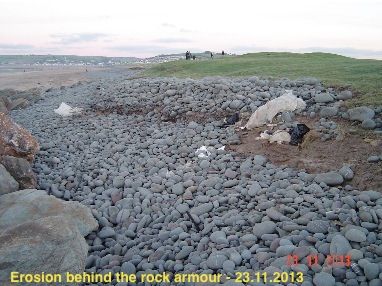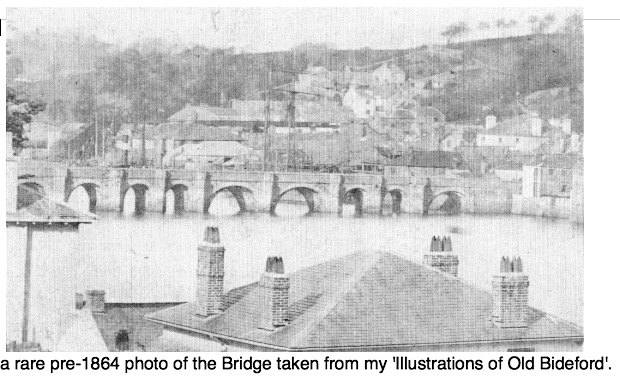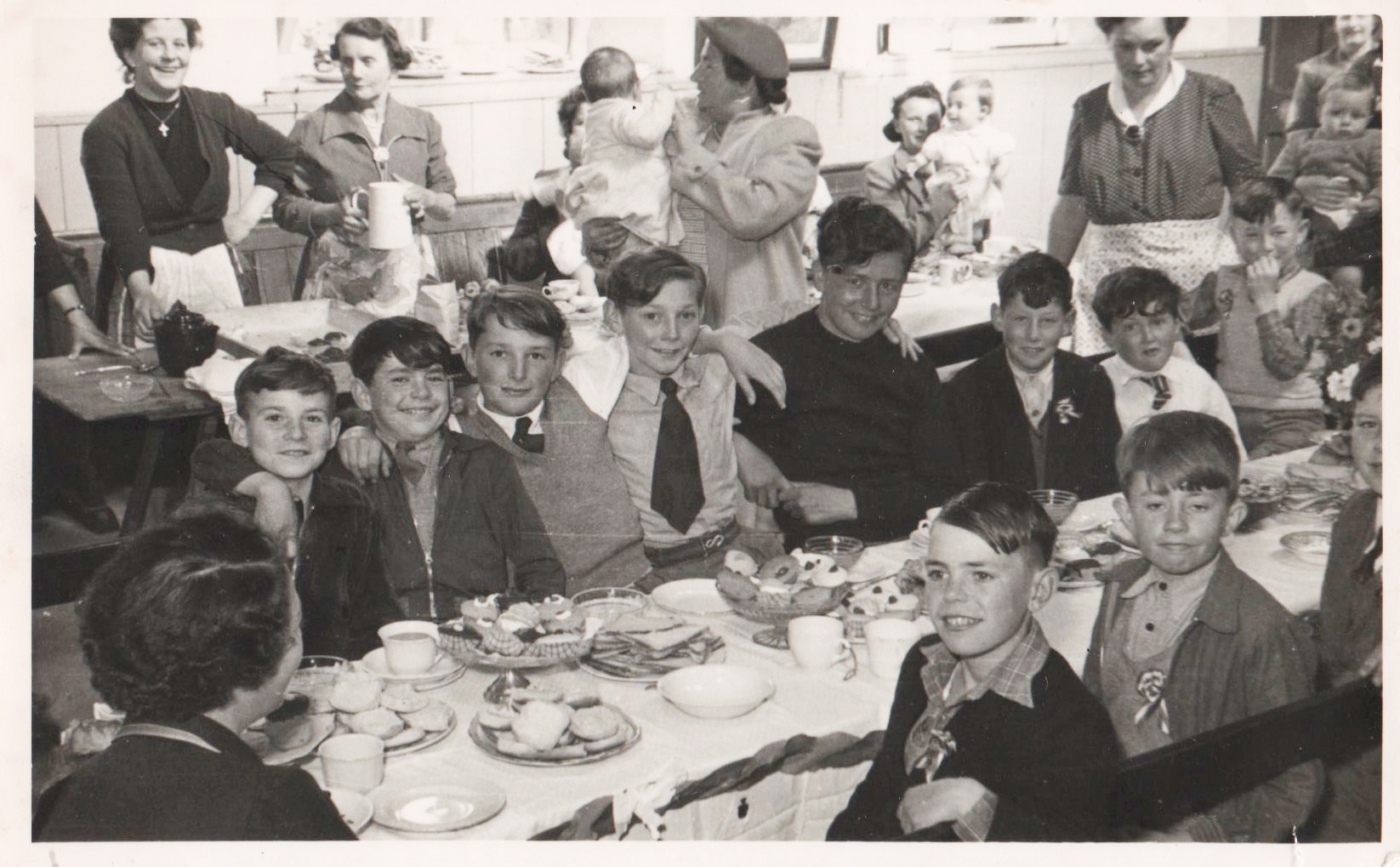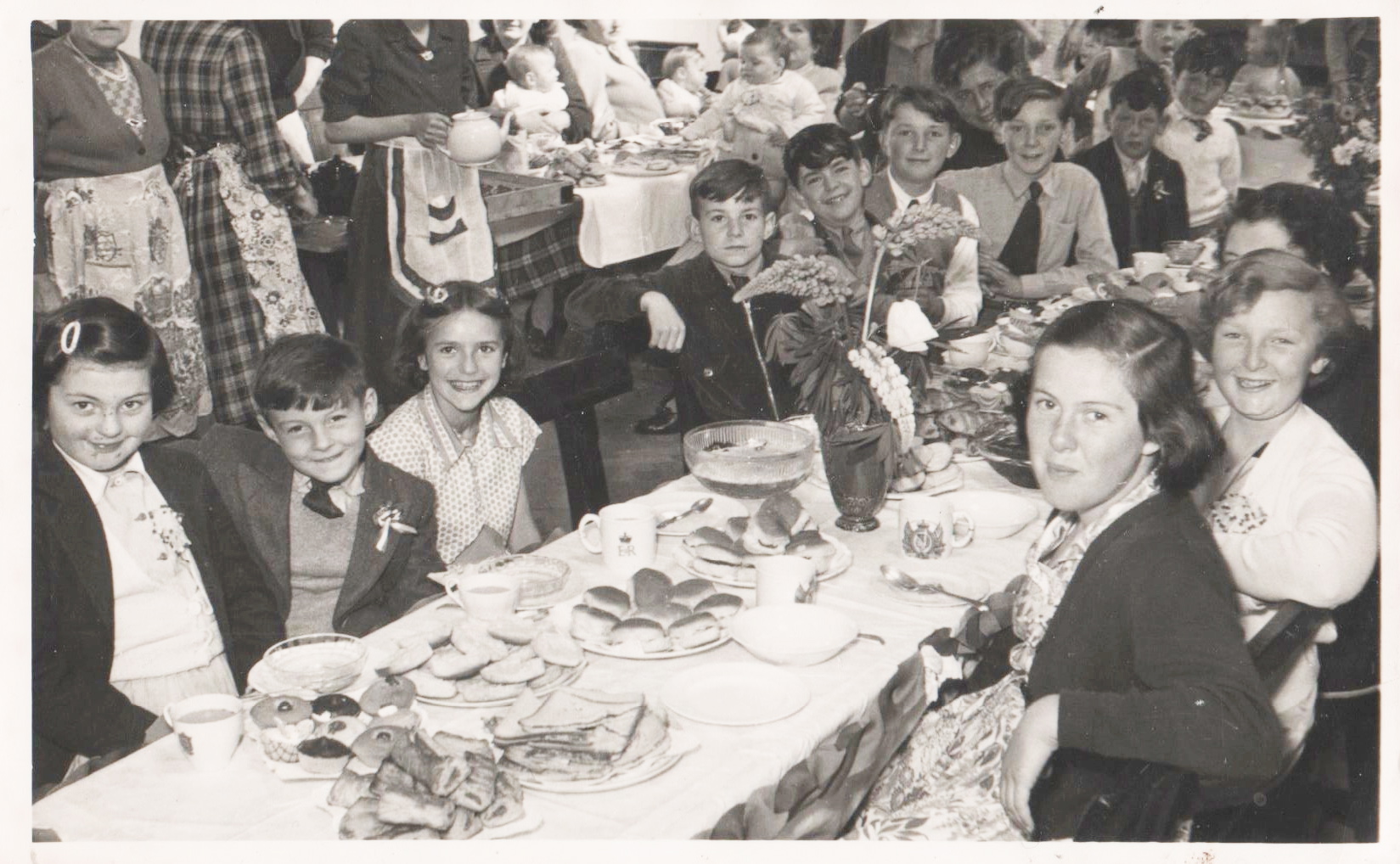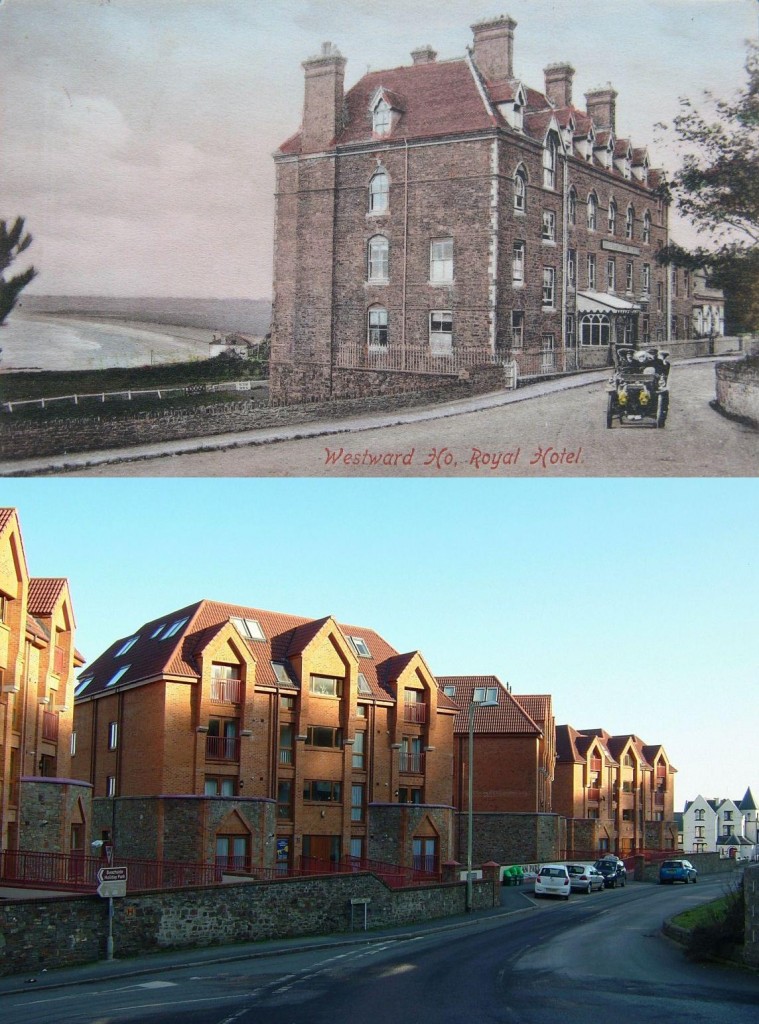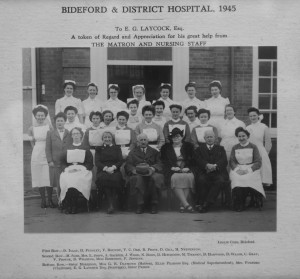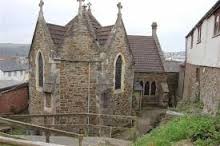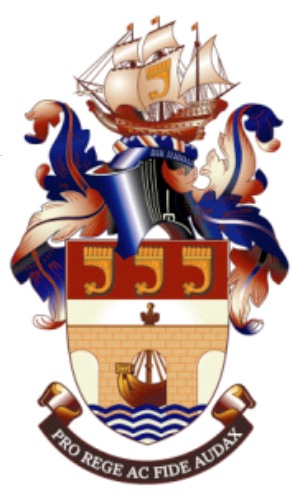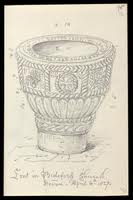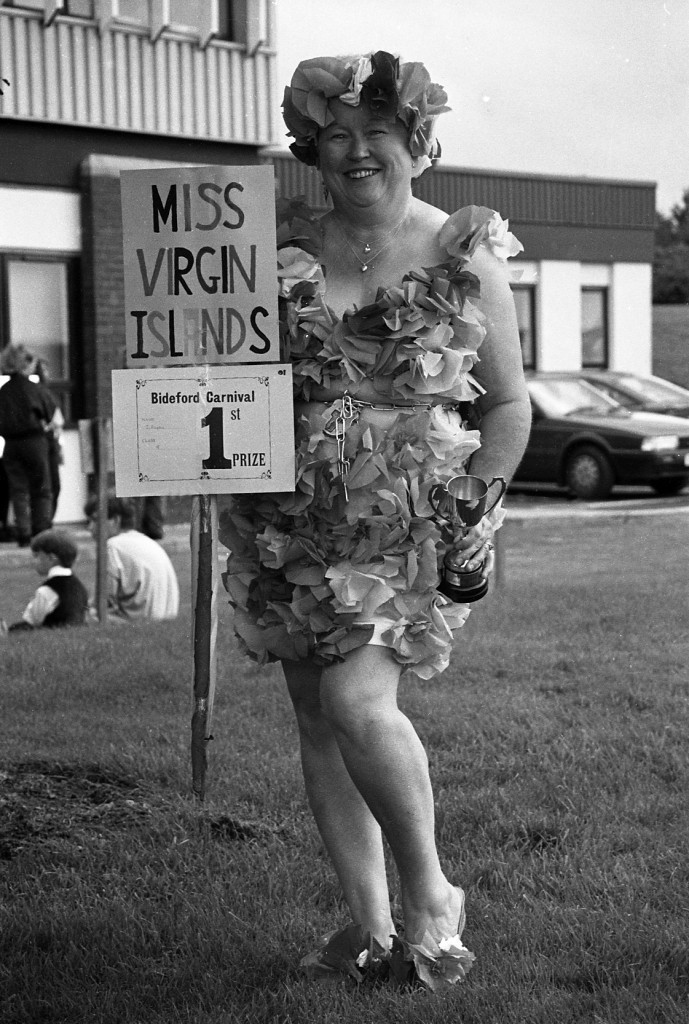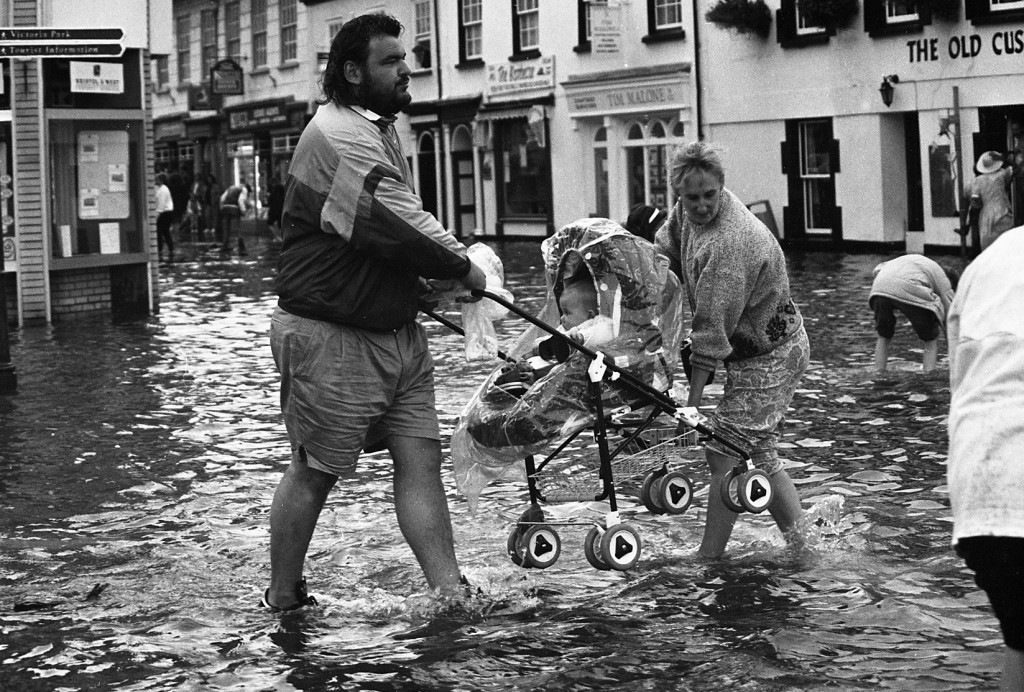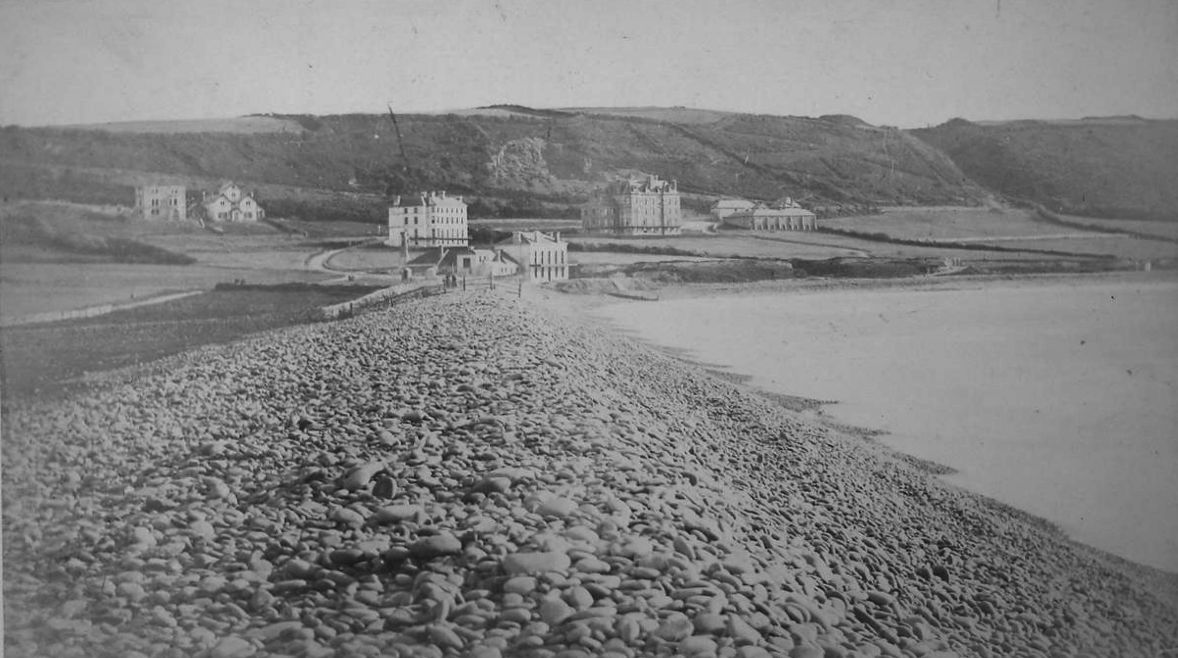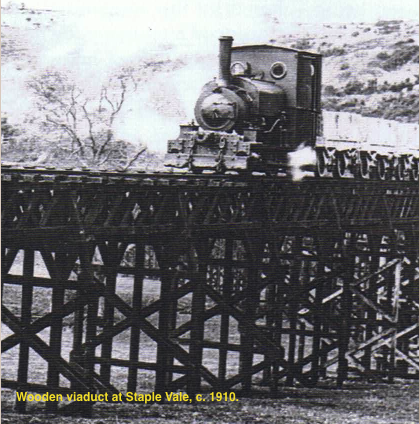With time on my hands, I have been trying to trace people who were part of my youth – over 70 years ago!
Knowing only her maiden name, and not having seen or heard of her since the end of WW2, I spent several hours on the Internet before coming up with a possible match. I then wrote to a ‘Mrs June Sims’ who, as a child, could have been evacuated to Appledore with her parents, and billeted with us, having lost their home during the Plymouth Blitz.
About a week later I received a letter from June – yes, I had found her! Below is what she had to say about her time in North Devon, which my sister Enid and I found fascinating.
Yours sincerely,
Cynthia Snowden – Northam.
..
Dear Mrs Snowden (Cynthia)
What a surprise your letter was – received the day after my 85th birthday. Yes I am the June Randle that was (now Sims). I remember Appledore well and your Mum, Dad and Enid with the blonde bob and you and your pigtails. Also remember the lovely smell of bread baking where your Dad worked, and Dulcie who lived in the big house opposite – we both caught the bus to Stella Maris Convent and often she brought me a lovely apple from her garden. Such Happy Memories and best school-days of my life (only 18 in class!!!), Greek dancing on the lawn. I was rather overwhelmed at first, having wanted to go to Edgehill College and being a Protestant – but the sisters were so kind and welcoming and, knowing we had been bombed out and lost our 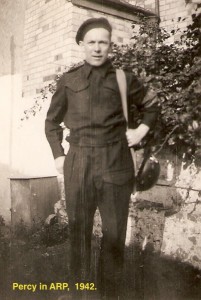 home in the Plymouth Blitz (being bombed every day and night – how did we stay alive?), they reduced my school fees!!! Also remember catching crabs on the quay with bacon rinds.
home in the Plymouth Blitz (being bombed every day and night – how did we stay alive?), they reduced my school fees!!! Also remember catching crabs on the quay with bacon rinds.
After 12 months my parents returned to Plymouth and I then lived with my dancing teacher and her parents Mr & Mrs Jordan who kept the New Inn at Instow.
Although worried about Mum and Dad going back to Plymouth, was well looked after and very happy, walking on the beach each day after school with Joan and the dog, gathering driftwood for the range – Mrs Jordan made the best chocolate sponge ever – I think the farmers visiting the pub helped her out with eggs etc. Also having stew with spaghetti and tomatoes to make it stretch I suppose, the things we remember. Mum also used to make pasties on a Tuesday and come and meet me and we used to go to the park and eat them. (Always hid my velour hat as we were not allowed to eat out of doors!!!)
(Followed by personal news.)
Sincerely, June.
___________________________________________________________

